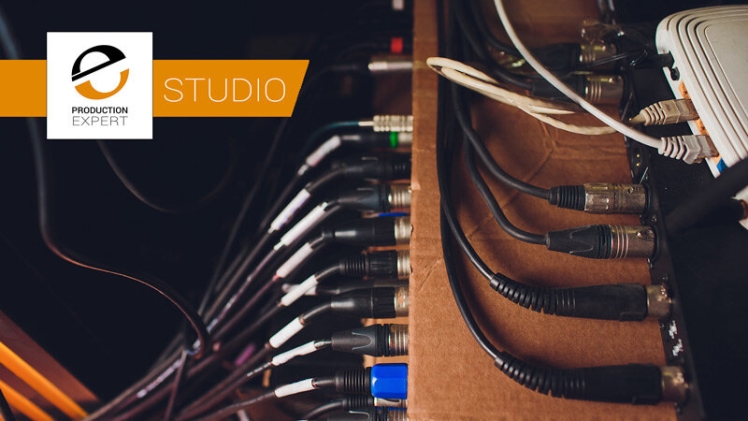Audio and video outputs are the primary elements that need to be installed to ensure not only the safety but efficient operation of things in an office or other corporate building. The best way to deal with the installation of the cables and security equipment is done by the professionals but if it seems that you have to do it yourself or if the AV cable installation staff can’t make it on time and you have to deal with it yourself then following are a few tips that will help with this scenario;
-
Take cable length into consideration
Remember you are to use the cables in different lengths and the length should not exceed the headroom these cables need to connect. It means that if your audio or video equipment can work with a dedicated cable length then it is best that you keep on with this length rather than increasing it and creating problems for you at the end of the day. Patch cables on the other hand might require some increased cable length which can be considered on spot but make sure that you keep a little headroom for these cables for sure.
-
Treat these cables with some professionalism
If you are to work with these cables then it is best that you show these some respect. Over bundling is something that you need to be extremely careful around and also make sure that you don’t stack too many cables over each other as it definitely hinders performance. Avoid placing the copper cables around the equipment that is known to release too many electromagnetic waves which will definitely cause some sort of static or worse allow your equipment to suffer in the process.
It is not like that you have to hold a fort until the enforcement arrives you might very well have to take down the enemy forces all by yourself which here means laying down each and every cable as professionally as possible. When you are laying down all those cables make sure that you take into account the conduit-fill ratio because if you fill it all too much then there is always a risk of a fire eruption or damage to the cables so it is advised that you keep all these things into consideration.
-
Documentation is crucial
It registers as an important step and should not go amiss at all. It means that you must have with you the written diagrams or plans about how did you manage to lay all these cables down. Having a diagram or some other sort of reference material will make it easier to look out for dedicated switches and other ports when the opportunity presents itself. Suppose there is damage to a particular conduit and you want to assess the performance of the other elements or changing cables that were broken or are not functioning properly, that is why here you require some sort of documentation to make things work. Other than that it is also important that you do document all the changes that you have made to these wires and stuff along the way because it might help you in the coming future.
